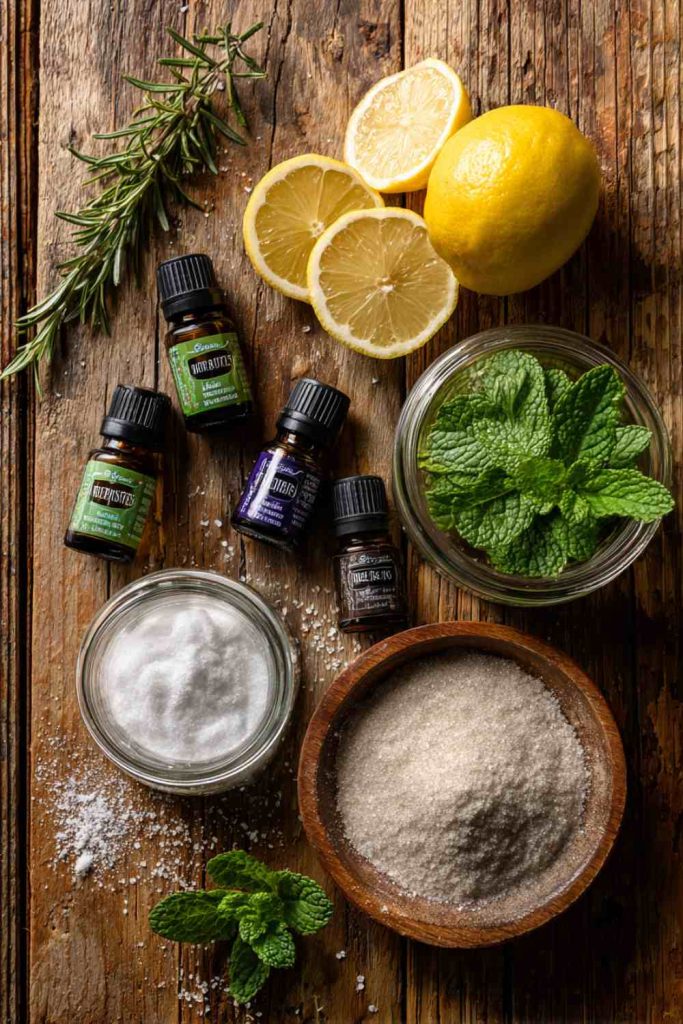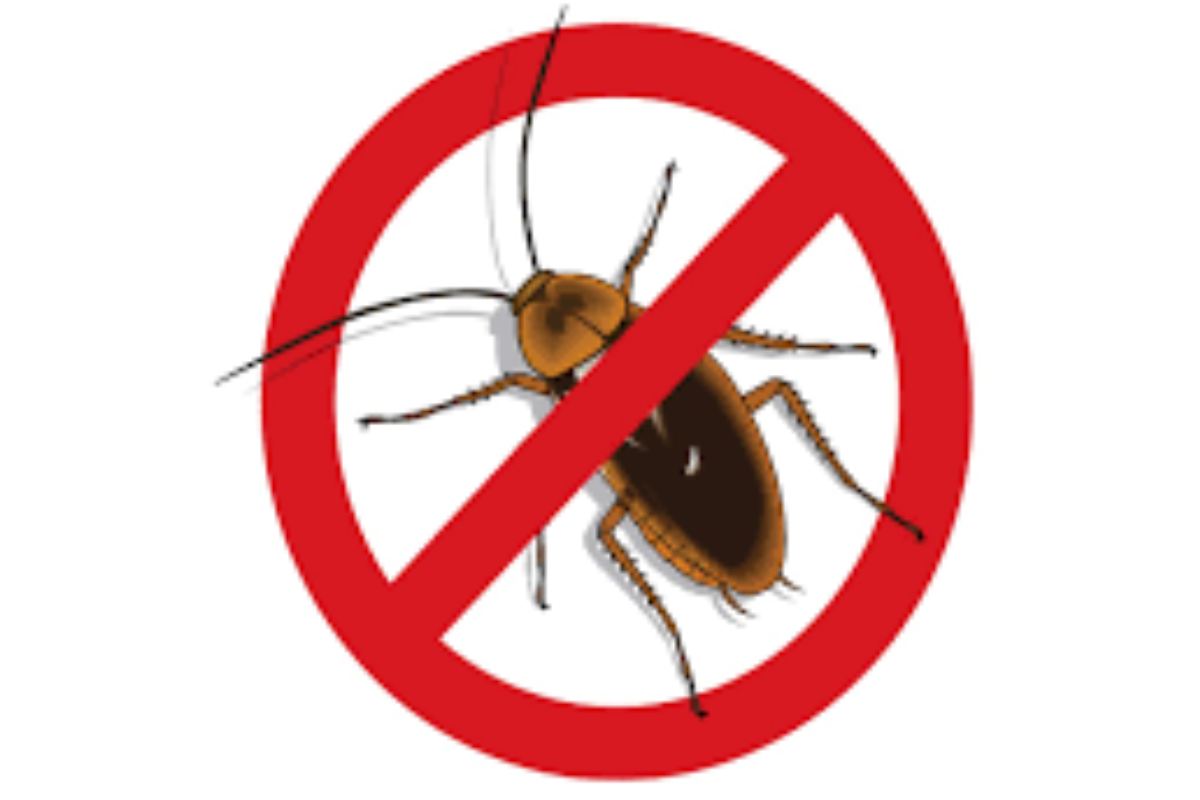The Not-So-Lovely Truth About Roaches
Let’s be real, nobody wants roaches skittering across their kitchen floor. But these pests are more than just a creepy inconvenience. Roaches carry a host of nasty diseases: salmonella, E. coli, dysentery, cholera, and even typhoid. They leave behind droppings, shed skin, and saliva that can trigger asthma attacks and allergic reactions, especially in children.
If you’ve got pets or little ones around, you’re probably not thrilled about spraying harsh chemicals everywhere. Good news: There are natural solutions that, with patience and consistency, can make a real dent in your infestation. Let’s talk strategy.
Roaches 101: What You Need to Know Before You Battle Them
They Love the Dark (and Your Crumbs)
- Roaches are nocturnal and thrive in warm, moist environments.
- Prime hiding spots include kitchens, bathrooms, behind appliances, inside walls, and under sinks.
- German roaches (those small fast ones) are prolific breeders and carry their eggs on their backs.
- Oriental roaches (sometimes called water bugs) are moisture lovers and slower movers.
One Roach? That’s a Red Flag
- Roaches breed quickly; seeing one often means dozens more are hiding nearby.
- They communicate via pheromones and can pass toxins through feces or cannibalism – which makes baits more effective.
Natural Isn’t Always Foolproof
- These methods shine in the early stages of infestation.
- If your problem is out of hand, natural remedies alone may not cut it.
- They require reapplication, monitoring, and a bit of trial and error.
- Some ingredients, like boric acid, are natural but still toxic if ingested. Diatomaceous earth can irritate lungs if inhaled. Use responsibly.
Natural Remedies That Actually Work
Boric Acid or Borax
- Disrupts the roach’s digestive and nervous systems.
- Works best when mixed with something tasty like sugar, flour, or peanut butter.
- Sprinkle behind appliances, in cracks, and anywhere kids or pets can’t reach.
- Use sparingly – a thin layer is more effective than piles.
Diatomaceous Earth (Food Grade Only!)
- This fine powder scrapes and dehydrates roaches as they crawl through it.
- Safe for humans and pets when food-grade, but avoid breathing it in.
- Takes about two weeks to see results, but it’s a solid, long-term strategy.
Baking Soda + Sugar
- Sugar lures them in; baking soda builds gas inside their stomachs.
- Cheap, easy, and surprisingly effective in light infestations.
- Set in shallow lids near known traffic zones.

Want to Repel Them Too? Try These Scent-Based Deterrents
Essential Oils to the Rescue
- Roaches hate the smell of rosemary, eucalyptus, oregano, mint, yarrow, and tea tree.
- Mix 10–15 drops with water in a spray bottle and spritz around baseboards, sinks, and cracks.
- Reapply weekly for best results.
- Bonus: your house smells amazing.
Citrus Peels, Vinegar, and Lemon Water
- Roaches don’t like citrus – wipe surfaces with lemon water or leave citrus peels near entry points.
- Vinegar helps with cleaning but isn’t a standalone repellent.
Spicy & Pungent Mixes
- Make a garlic, onion, and pepper spray.
- The strong smell drives roaches away.
- Works well when layered with other methods.
Catnip and Neem Oil
- Catnip contains nepetalactone, a natural roach repellent (but cats may go wild).
- Neem oil interrupts reproduction in roaches.
- Apply with caution and keep away from curious pets.
Bay Leaves & Other Pantry Staples
- Crushed bay leaves can mildly repel roaches, though effectiveness is limited.
- Soap-and-water or fabric softener sprays suffocate roaches on contact, great if you see one in action.

Don’t Invite Roaches In: Prevention That Actually Works
Clean Like a Pro
- Vacuum floors and corners weekly, especially under furniture.
- Keep countertops, pet food bowls, and trash cans clean and covered.
- Wipe down with vinegar or lemon to eliminate traces of food and roach trails.
Close Their Entry Points
- Caulk up cracks and holes around baseboards, windows, and under sinks.
- Add door sweeps to external doors.
- Check behind plumbing and under appliances for gaps.
Trap and Monitor
- Use sticky traps behind the fridge, under the sink, or wherever you’ve seen them.
- Check weekly to gauge activity.
- If traps stay full, it may be time to escalate.
Watch What You Bring Inside
- Cardboard boxes, grocery bags, and secondhand items can all bring roaches into your home.
- Unpack outside when possible and inspect items before bringing them in.
What a Month of Natural Control Might Look Like
Let’s say you’ve spotted a couple of roaches in the kitchen. Here’s how to tackle it:
Week 1:
- Deep clean every surface.
- Vacuum floors and corners.
- Set glue traps.
- Seal entry points around pipes and vents.
Week 2:
- Apply a light layer of diatomaceous earth around baseboards.
- Set baking soda and sugar bait stations in lids.
Week 3:
- Begin weekly essential oil sprays (rosemary + eucalyptus work great).
- Refresh bait stations and reapply DE where needed.
Week 4:
- Assess: Are the traps empty? Fewer sightings?
- If yes, maintain. If no, consider professional help.

When Natural Isn’t Enough
Roaches are persistent. If you’re seeing them in daylight, finding egg casings, or spotting them across multiple rooms, it’s time to call in reinforcements.
Signs You Need Backup
- You’ve cleaned, sealed, baited, and they’re still coming.
- Sticky traps fill up fast.
- You see nymphs (baby roaches), which means eggs are hatching.
Why Pros Are Worth It
- They use stronger, targeted treatments that penetrate hidden nests.
- Experts know how to ID species and treat accordingly.
- They help prevent re-infestations with residual treatments and planning.
Frequently Asked Questions
Are natural remedies safe around kids and pets?
Mostly, yes, but use caution. Food-grade diatomaceous earth and essential oils are generally safe, but boric acid and certain oils can be harmful if ingested.
How long until I see results?
- Diatomaceous earth: ~2 weeks
- Boric acid: a few days to a week
- Essential oils: repellent effect within hours, needs weekly upkeep
Can I combine methods?
Absolutely. The best approach is integrated – clean, seal, trap, and repel. Use multiple tactics to cover all angles.
Do roaches become resistant?
Not really to natural methods, but they can adapt to environments. Rotate scents and refresh baits to stay ahead.
What works best for big infestations?
Honestly? A professional. They have access to colony-killing gels and baiting systems that natural methods can’t match.
Final Thoughts: Nature Has Your Back (Until It Doesn’t
There’s no silver bullet here, just a layered plan, a little effort, and the willingness to stick with it. Natural roach control works best when you catch the problem early and stay consistent. But if it feels like they’re winning, don’t hesitate to tag in the pros.
Roaches might be stubborn, but so are you. Let’s keep your home clean, safe, and very much roach-free.


